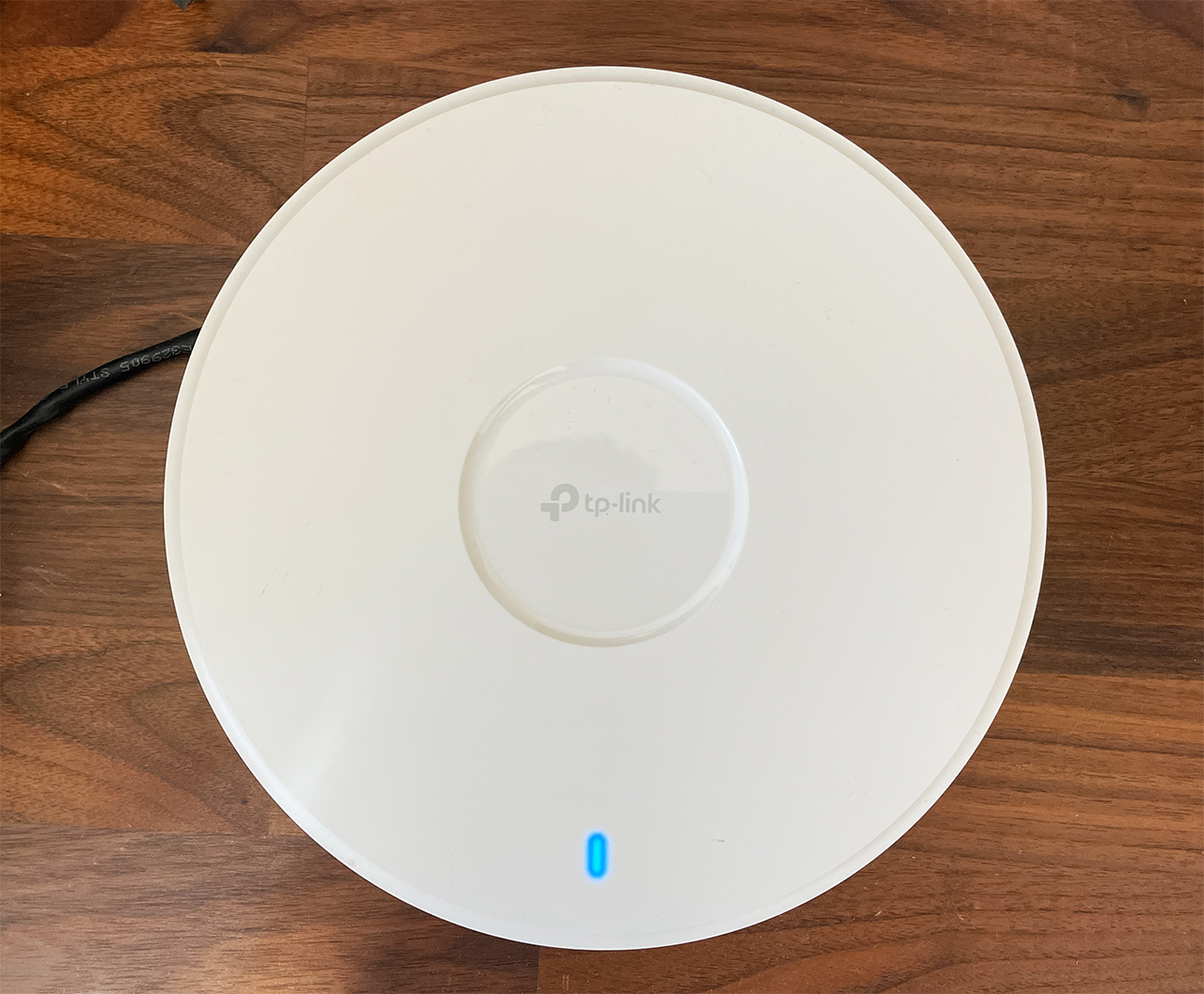Home › Forums › Wireless Access Points › Wireless Access Points Tests › I tested the TP-Link EAP773, including the MLO Performance
- This topic has 0 replies, 1 voice, and was last updated March 12, 20255:50 pm by
 Mark B.
Mark B.
-
AuthorPosts
-
March 12, 2025 at 5:50 pm #48436

After testing the TP-Link EAP773, I can confidently say it’s a solid WiFi 7 access point, though it has its strengths and weaknesses. I started by running single-client tests using WiFi 7, WiFi 6, and WiFi 5 devices. Near the access point, the throughput exceeded 2Gbps on the 6GHz band, which was impressive. However, at a distance of 70 feet (21 meters), the performance dropped significantly. Switching to the 5GHz band, I noticed a marked improvement in coverage and throughput, especially when using the 240MHz channel bandwidth, which is a standout feature of the EAP773. The signal attenuation graphs confirmed that the 5GHz band is better suited for covering larger areas.
In comparisons with other access points, the EAP773 held its own. On the 5GHz band with an 80MHz channel width, it performed between the Zyxel NWA130BE and the Ubiquiti U7 Pro. When I increased the channel width to 160MHz, it fell slightly behind the more expensive Zyxel WBE660S. On the 6GHz band with a 320MHz channel width, it secured second place, which was encouraging. However, the 2.4GHz band was less impressive, performing below the TP-Link EAP670, making it more suitable for IoT devices rather than high-speed tasks.
For multi-client tests, I used five devices to simulate various traffic types, including 1080p and 4K streaming, intense browsing, and downloading. The WiFi 7 client performed exceptionally well, while WiFi 6 clients stayed under 100ms for most of the time. WiFi 5 clients, however, struggled, often exceeding 100ms latency. The EAP773 handled 4K streaming and intense browsing similarly to the Zyxel NWA130BE and U7 Pro, but it outperformed them in downloading scenarios, especially when I added a second downloading client. The total throughput for downloading clients reached 749.4Mbps, which was better than the WBE660S.
I also tested the Multi-Link Operation (MLO) feature, which aggregates the 6GHz and 5GHz bands. Near the access point, I achieved nearly 4Gbps, the best MLO throughput I’ve seen so far. However, this performance diminished with distance, dropping to around 3Gbps when using 160MHz on the 5GHz band. Unfortunately, the 2.4GHz band couldn’t be aggregated due to software limitations, which was a missed opportunity for better long-range performance.
Overall, the TP-Link EAP773 is a strong contender in its price range, particularly for its 5GHz and 6GHz performance. While it has room for improvement, especially on the 2.4GHz band and long-range MLO, it’s a reliable choice for those looking to leverage WiFi 7 capabilities. To see the full review, just click here.
-
This topic was modified 1 month, 1 week ago by
 Mark B.
Mark B.
-
This topic was modified 1 month, 1 week ago by
-
AuthorPosts
- You must be logged in to reply to this topic.

